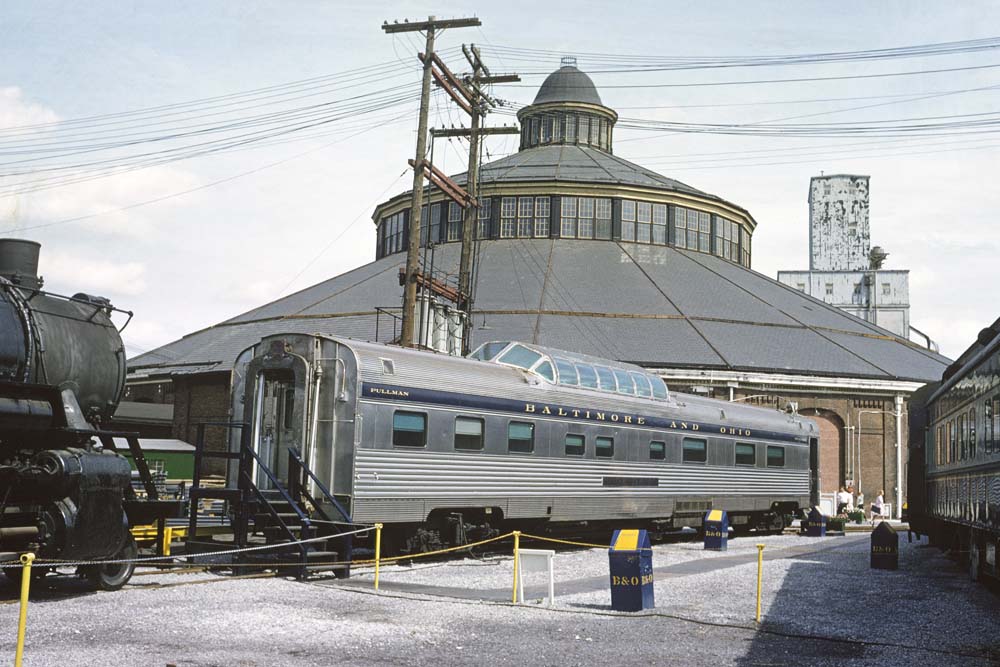If you start shopping for a unit with the advertisements from a Sunday newspaper, it won’t take you long to realize that there are a lot of options available to you. Like most any other consumer electronics purchase, a fair amount of research is needed to determine which GPS unit is right for you based on the way you plan to use it. The choices range from in-dash GPS units built specifically for navigating your automobile, to ultra-mobile handheld GPS units that are small and great for hiking. In between are GPS units that serve as both a navigator when you’re en route to your destination as well as a portable handheld device once you arrive and start hiking.
A visit to a local electronics retailer is a must. While their selection may not be vast, you will be able to see the units first hand and get an idea of the features that are available. A live demo of any GPS unit should include zooming in on an area where you know railroad tracks are located to be certain that the unit’s maps include railroad tracks. By comparing a selection of units available, you’ll begin to set criteria that are important to you: overall unit size, screen size, navigating features, etc. You can then go online and find additional information about some of the units you’ve discovered thus far.
One site you should visit is gpsinformation.net, which claims to be the “World’s Most Popular GPS Information Resource.” Based on the amount of information collected on dozens and dozens of GPS units, they may be right. They offer reviews of GPS hardware and software, as well as tutorials, FAQs (frequently asked questions), instructions, links to other GPS sites, and much, much more.
While a site like gpsinformation.net offers detailed information about specific GPS units, I find that it’s also helpful to read the opinions of other consumers who already own a particular product. I’ve often used online retailer’s Web sites as a source of opinions on consumer electronics. Amazon.com offers one of the best outlets for both finding GPS units to purchase, and for reading consumer comments about the product. (BizRate.com and Epinions.com are two other popular sources for consumer reviews.) Since the array of features offered on GPS units can mean different things to different people, you should carefully read the comments (and associated star ratings) offered by consumers. Some rating – whether high or low – may be based on criteria that don’t apply to your particular needs.
Devoting a fair amount of time to research might seem tedious, but the results will be well worth it when you’re able to navigate through unknown territories like you’ve been there before. It won’t take you long to realize that GPS is a great tool for making your train-chasing adventures more rewarding.













